10 Tips for Riding an Electric Bike in the Rain

Electric bikes have been quite popular in recent years because of their affordability, convenience, and environmental friendliness. It's fun in good weather, but what about in the rain? Many individuals are apprehensive about riding in the rain out of maintenance and safety reasons. It is possible with the appropriate advice and techniques. You may ride an electric bike in the rain and profit from its numerous advantages by heeding the advice in this article.
TIP 1: ADJUST SPEED
It's crucial to understand that riding can be challenging when visibility is poor and the pavement is wet. Pedal-assist and power-on-demand electric bikes can sustain quicker average speeds in all types of weather, but it's still crucial to exercise caution and adjust your pace as needed.
Lowering your speed while riding this in the rain offers several benefits. It first gives you more time to respond to any dangers or impediments that may be there. You're less likely to skid or lose control of it as a result, both of which may be quite dangerous on icy roads. Also, riding more slowly can help reduce the amount of spray it wheels produce, improving other drivers' ability to see you.
TIP 2: PAY ATTENTION TO SIGHT
It may be challenging for you to identify potential dangers in your way and for other drivers to see you if the visibility is poor.
Start by donning the proper clothing so that you can see well. A helmet with a see-through visor or goggles that can help keep precipitation out of your eyes fall under this category. For more visibility so that other drivers can see you, you might also want to think about donning a waterproof jacket with reflective trim or other high-visibility clothing.
Using lights in the rain is another option to increase your visibility. Although many electric bikes include lights, you might want to think about getting more lights to make yourself more visible. This includes your front and back lights in addition to any reflective tape or stickers that can help to improve your visibility from all sides.
TIP 3: WEAR THE RIGHT GEAR
Wearing the proper clothing is crucial to your safety and comfort. This includes gear that is warm enough to keep you protected from the weather, waterproof, and breathable.
To start, think about donning a waterproof jacket and leggings to keep moisture and rain out. In order to keep you from being overheated and perspiring while riding, these should be constructed from fabrics that are both waterproof and breathable. To keep your hands and feet dry, you can also think about using waterproof gloves and footwear.
A helmet is yet another vital piece of equipment to take into account when using an electric bike in the rain. You should choose a helmet that fits comfortably, is certified as safe, and has a transparent visor to keep precipitation out of your eyes.
Finally, to guarantee that other road users can see you, think about donning reflective and highly visible clothing. This includes wearing bright colors that stand out in the rain and having reflective strips on your jacket, pants, and helmet.
TIP 4: GET READY TO BRAKE
Take more time to brake when riding an electric bike in rainy conditions, which is closely tied to slowing down. Better braking systems are needed due to the additional power the motor provides, giving electric bikes a clear advantage over some traditional bicycles in wet conditions. Instead of the rim brakes that are frequently seen on traditional cycles, many electric bikes have disc brakes, which work much better in the rain. As a result, when riding an e-bike in the rain, it's crucial to exercise additional caution and brake early. This will guarantee that, even in slick conditions, you have adequate time to stop. Even in the heaviest downpours, you can ride securely and confidently by combining a more powerful braking system with attentive braking.
TIP 5: EBIKE MAINTENANCE
Rainy weather can lead to an accumulation of dirt, dust, and water on the bike's parts, which can cause corrosion and damage. These problems can be avoided with routine maintenance, which will also keep your vehicle in good working order.
It's crucial to carefully clean your vehicle to get rid of any dirt and moisture after riding in the rain. To avoid rust and corrosion, this entails cleaning the frame, wheels, and other parts and lubricating the chain and other working parts.
Checking and making any necessary adjustments to brake pads is also a smart idea. These may deteriorate more quickly than usual in wet weather, so it's crucial to inspect them frequently and replace them as needed.
Last but not least, remember to keep your battery and electrical parts dry. Even while many include waterproof batteries and other parts, it's still a good idea to steer clear of riding over large puddles and leaving your bike out in the rain if at all possible.
TIP 6: KEEP YOUR BALANCE
Being relaxed and paying attention to your riding will help you maintain your balance. Focus on the road in front of you while maintaining a balanced weight over the bike. While rapid movements or changes in direction might throw your balance off and lead you to slide or skid, try to prevent them.
As a last step, it's critical to modify your riding technique based on the terrain. Since abrupt movements can throw your balance off, go more slowly and round corners and turns. Give yourself plenty of room and time to react to hazards and alterations in the road, and be prepared to brake earlier than usual.
TIP 7: WATCH OUT FOR WATER ON THE ROAD
Potholes and other hazards can be difficult to spot and avoid because of puddles and wet spots. It's crucial to slow down and approach standing water cautiously if you want to be safe. Seek out dry areas near the puddle's margins and, if at all possible, attempt to avoid it. If you must ride through the water, slow down and maintain balance by keeping your weight evenly distributed over the bike.
Standing water can also make your tires lose traction and skid in addition to other hidden dangers. To avoid this, attempt to ride through the water in a straight line without making any sudden movements or changes in course.
TIP 8: AVOID SUDDEN BRAKING AND SHARP TURNS
Sudden braking and quick spins can be especially risky. The chance of skids and slides on your bike can increase due to slick roads, which can reduce traction. It's crucial to gradually slow down and give yourself enough of time and space to stop if you want to prevent abrupt braking. Pay attention to your bike's braking system and modify your speed as necessary. Even while disc brakes, which work well in wet situations, are common on electric bikes, it's still crucial to avoid abrupt stops.
The same goes for quick curves, which can throw you off-balance and make your bike slip or skid. To turn safely, slow down as you approach the turn, keep your speed constant, and keep your weight evenly distributed over the bike. Steer carefully through the turn while keeping an eye on the turn's exit.
TIP 9: PAY ATTENTİON TO DRIVING POSTURE
It's crucial to have a balanced, upright stance when riding in slick conditions so you can keep control of your bike and react swiftly to changes in the road. To ensure that you are seated comfortably and can easily reach the handlebars, start by adjusting your seat height and handlebar position. Maintain a straight back, loose shoulders, and a firm but relaxed grasp on the handlebars.
It's also crucial to pay attention to how your weight is distributed. Avoid leaning too far in front of or behind the bike by trying to keep your weight evenly distributed over it. This will lower your chance of skids and slides and help you maintain traction and control. Finally, keep in mind to stretch your muscles frequently and take rests to prevent stiffness and weariness.
TIP 10: RESERVED MORE TIME
Planning ahead and allotting more time than you would for a dry journey is crucial while riding an electric bike in the rain. It can be more challenging to handle traffic and avoid obstacles on wet roads since they might be slick and slippery and visibility can be decreased.
Give yourself additional time to get there in order to prevent being late or missing crucial things because of the weather. Before you go, check the weather prediction and adjust your itinerary as necessary. Stay on well-lit, well-maintained routes that are less likely to be impacted by flooding or debris, and steer clear of places with significant traffic or high-speed roadways.

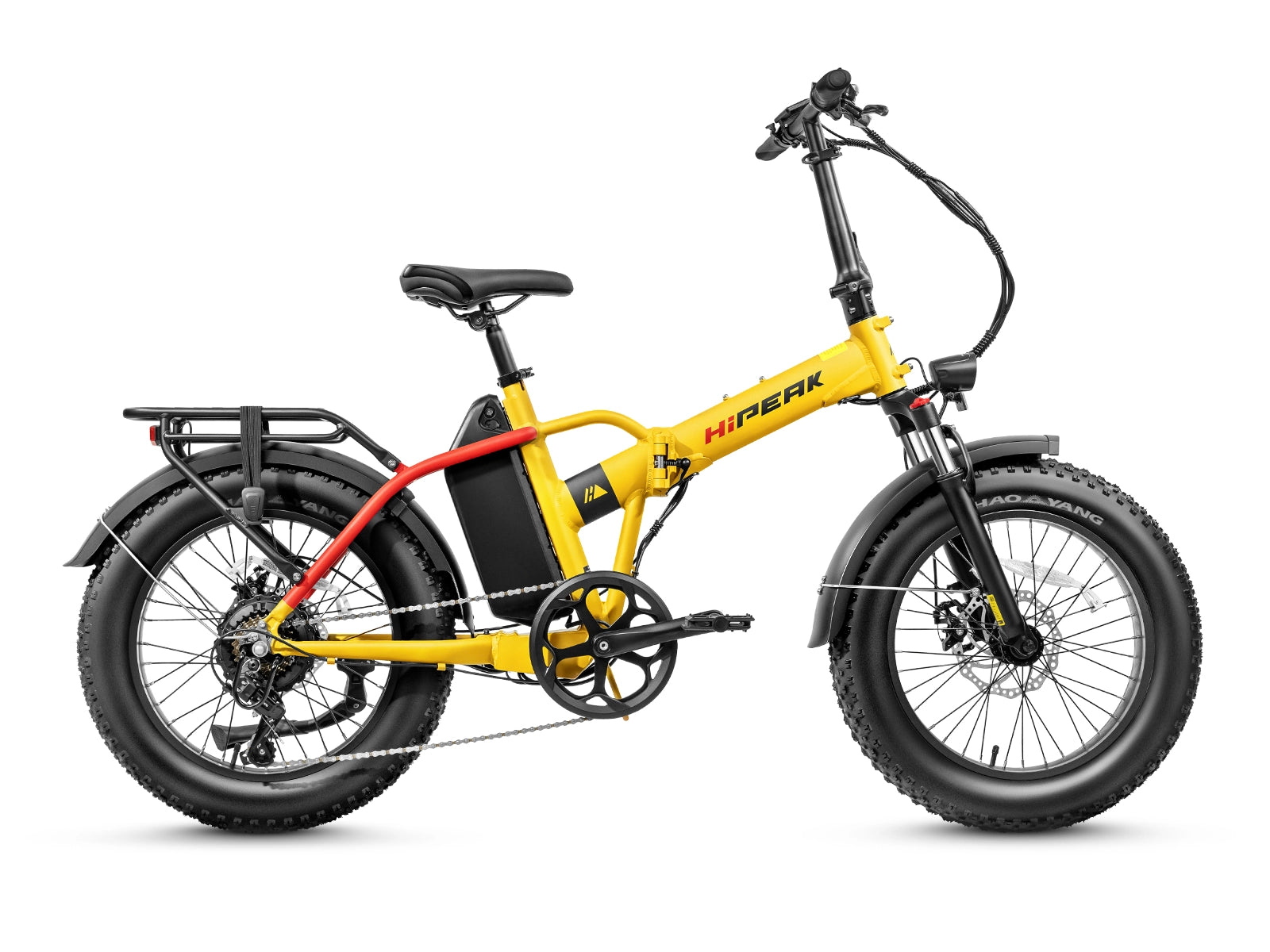
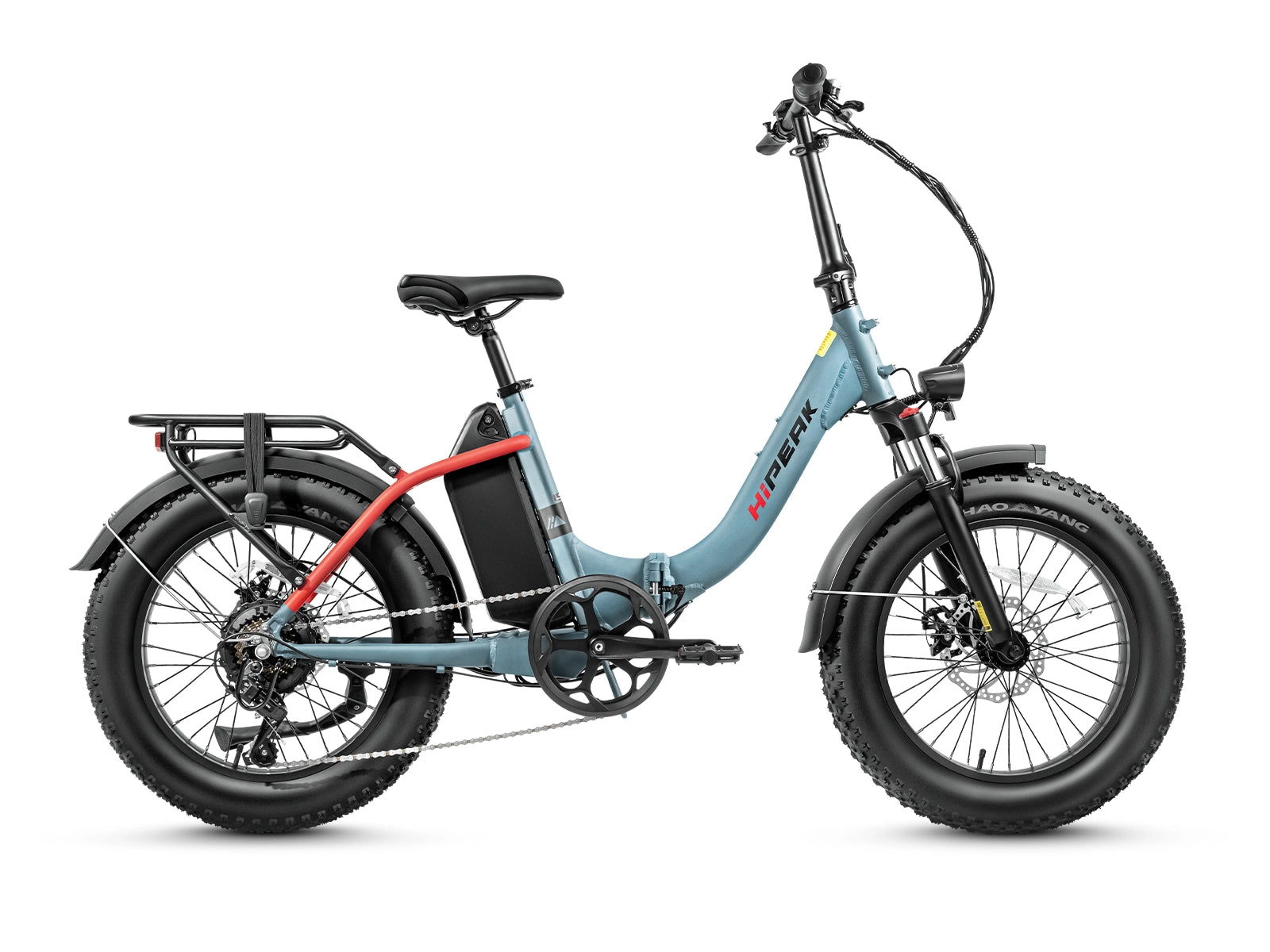
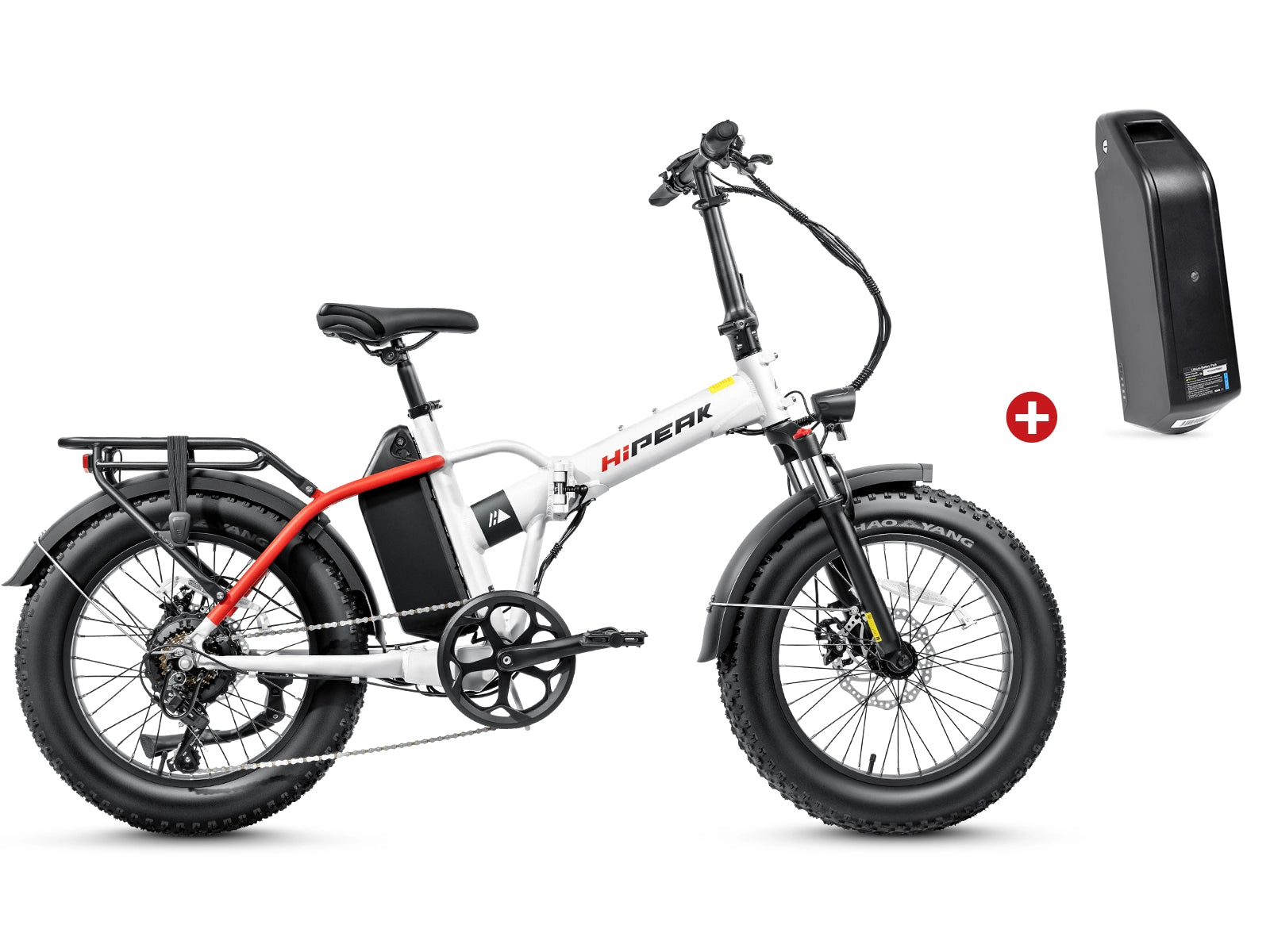
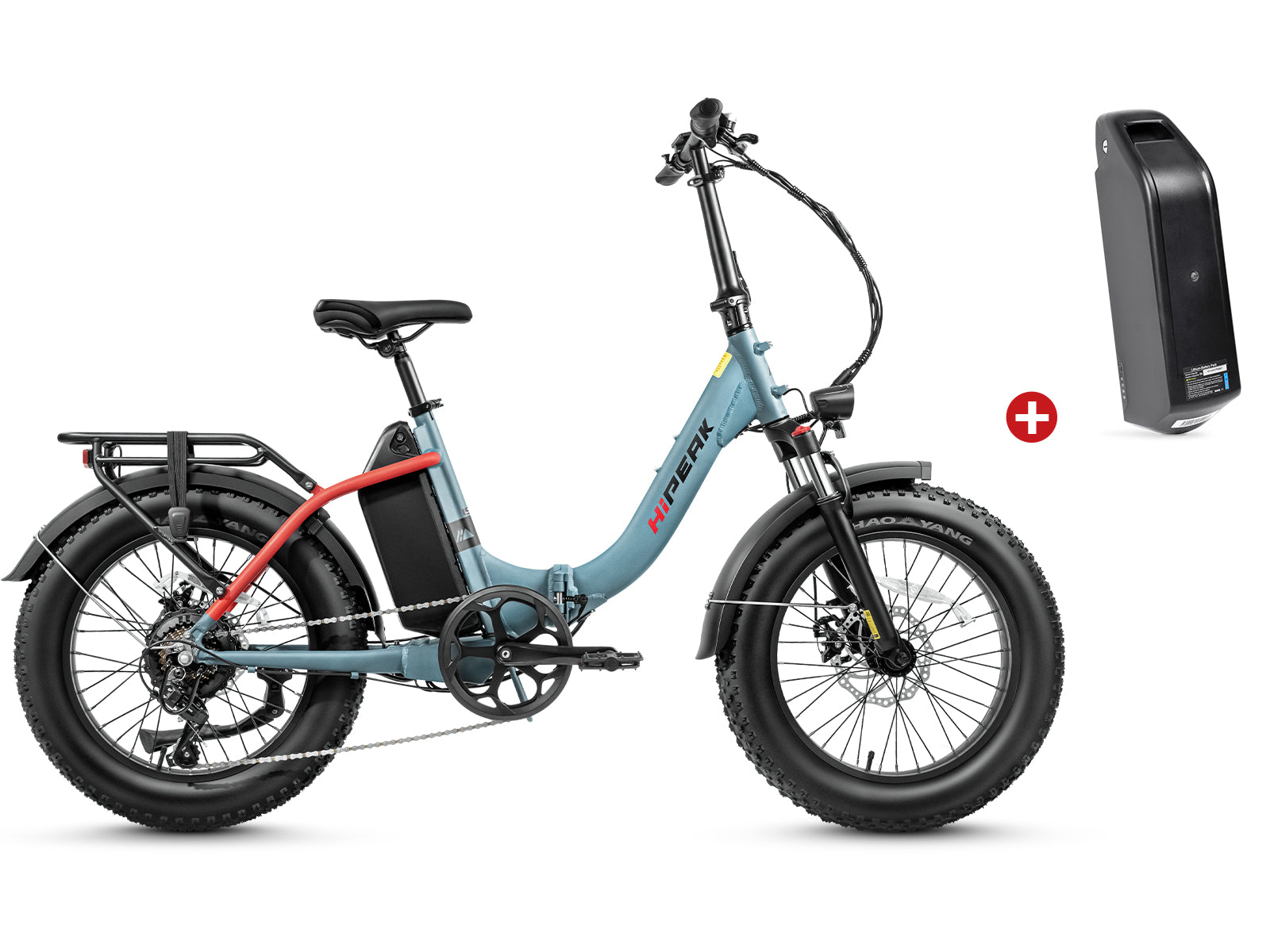
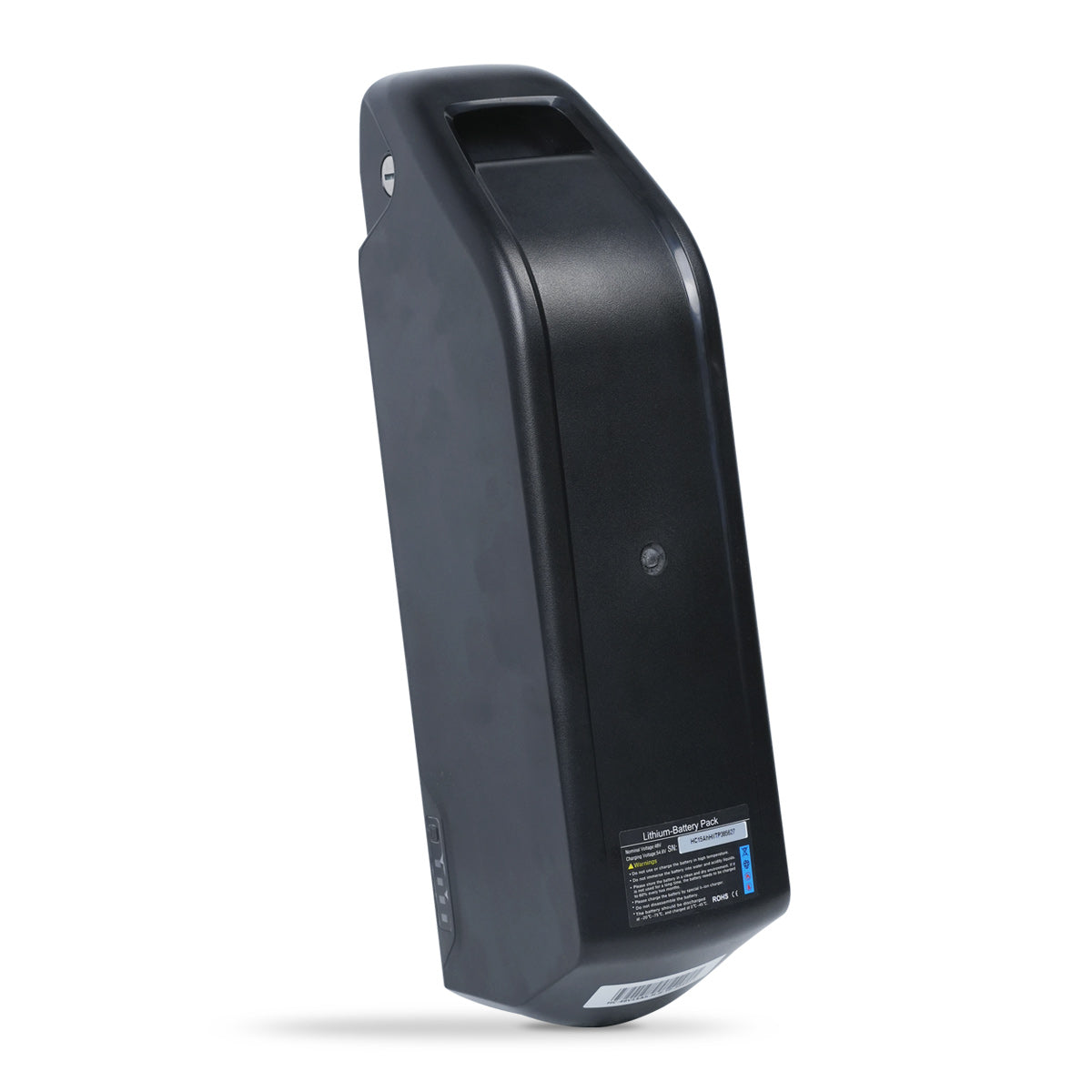
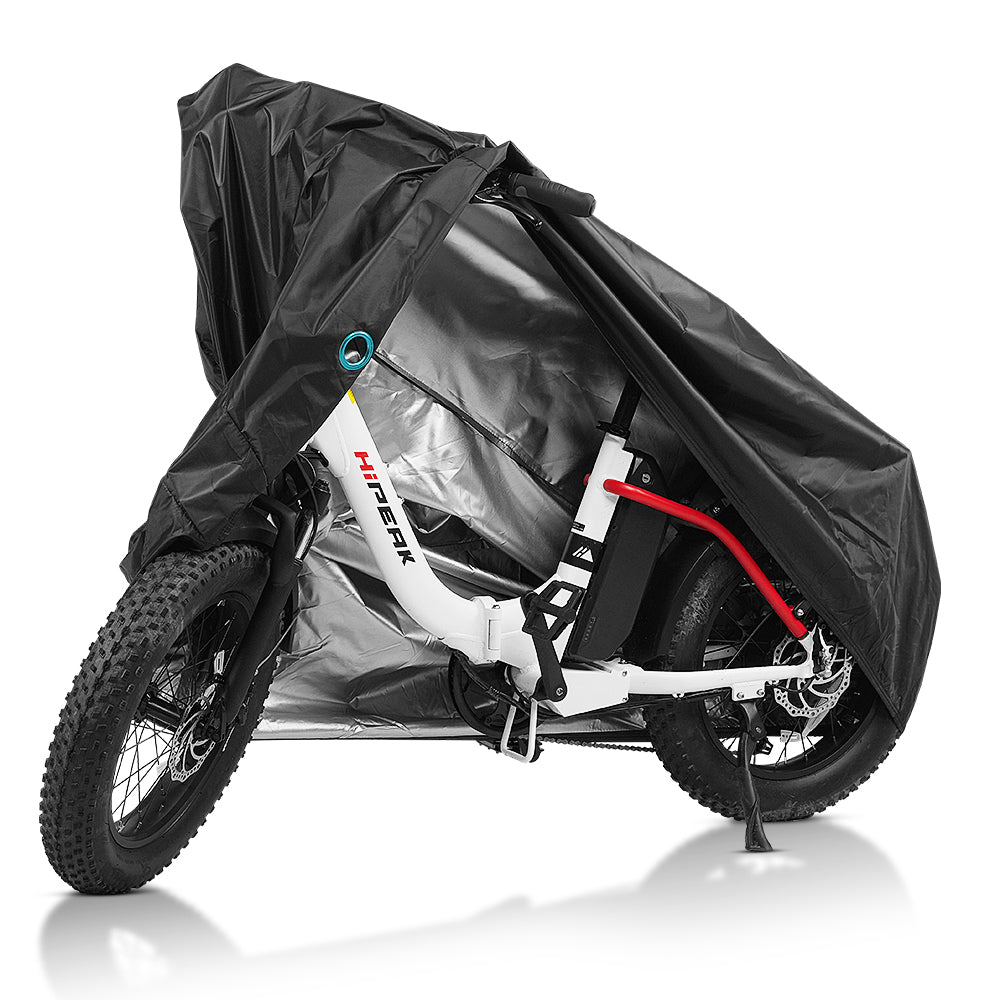
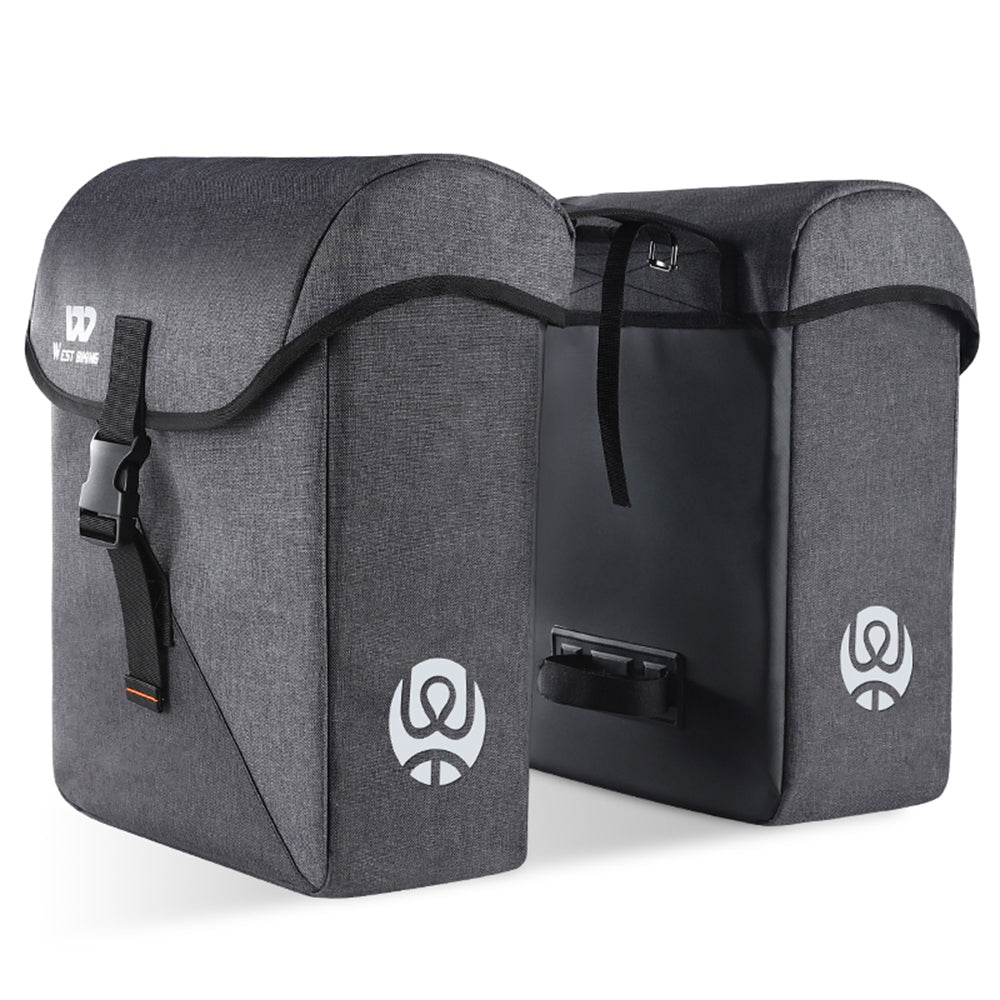
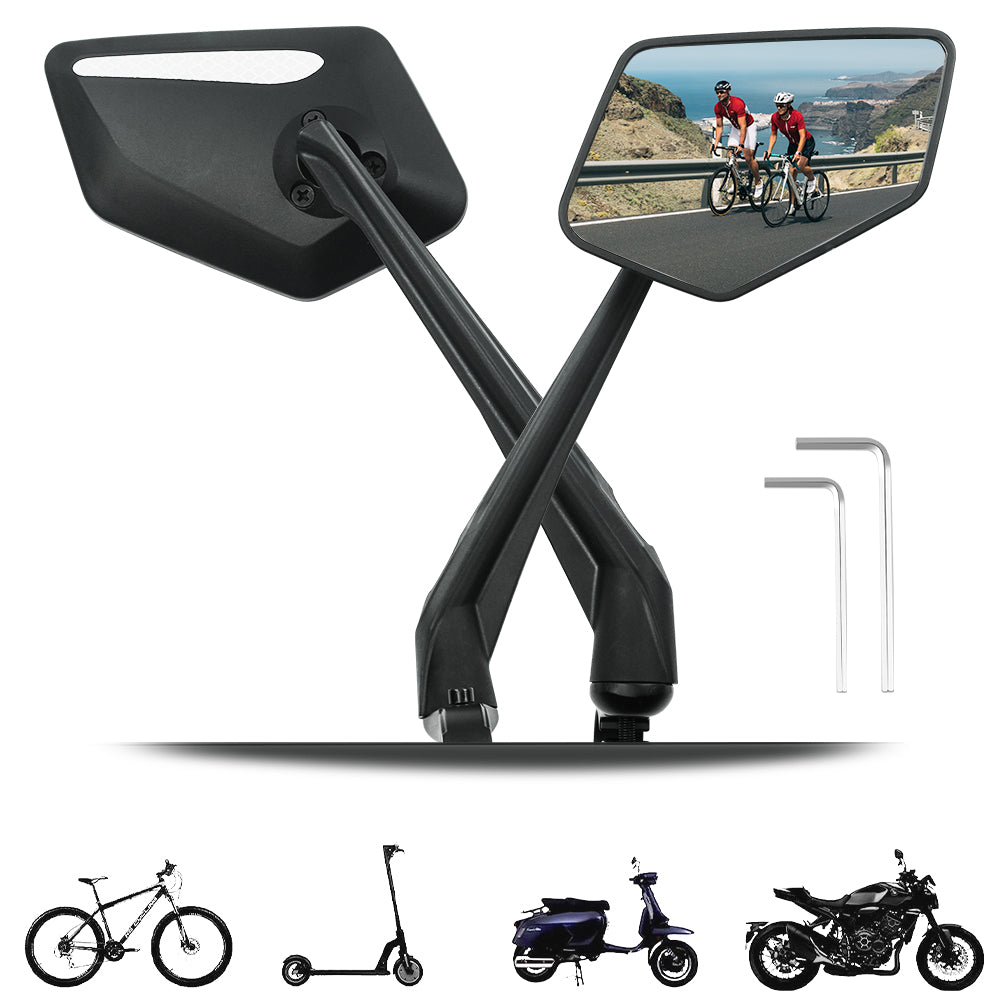
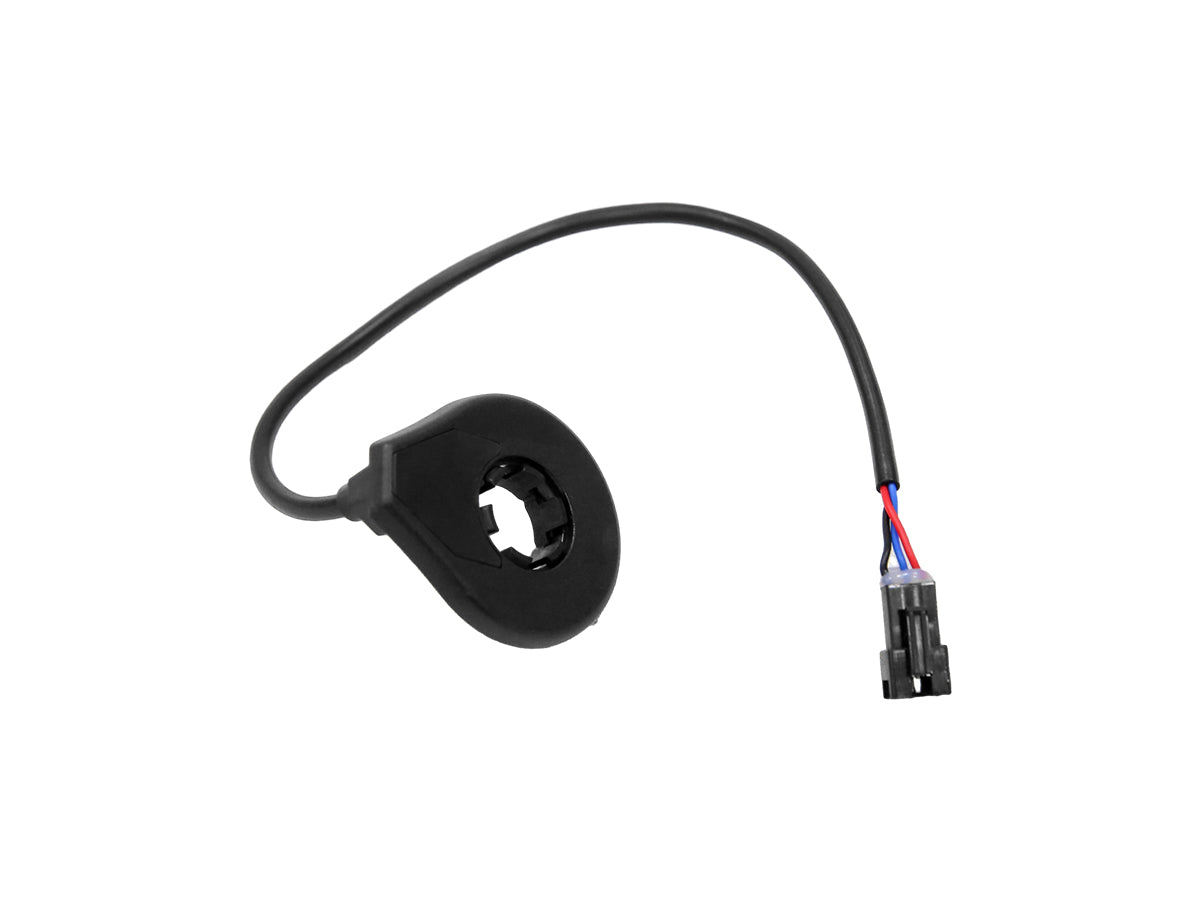
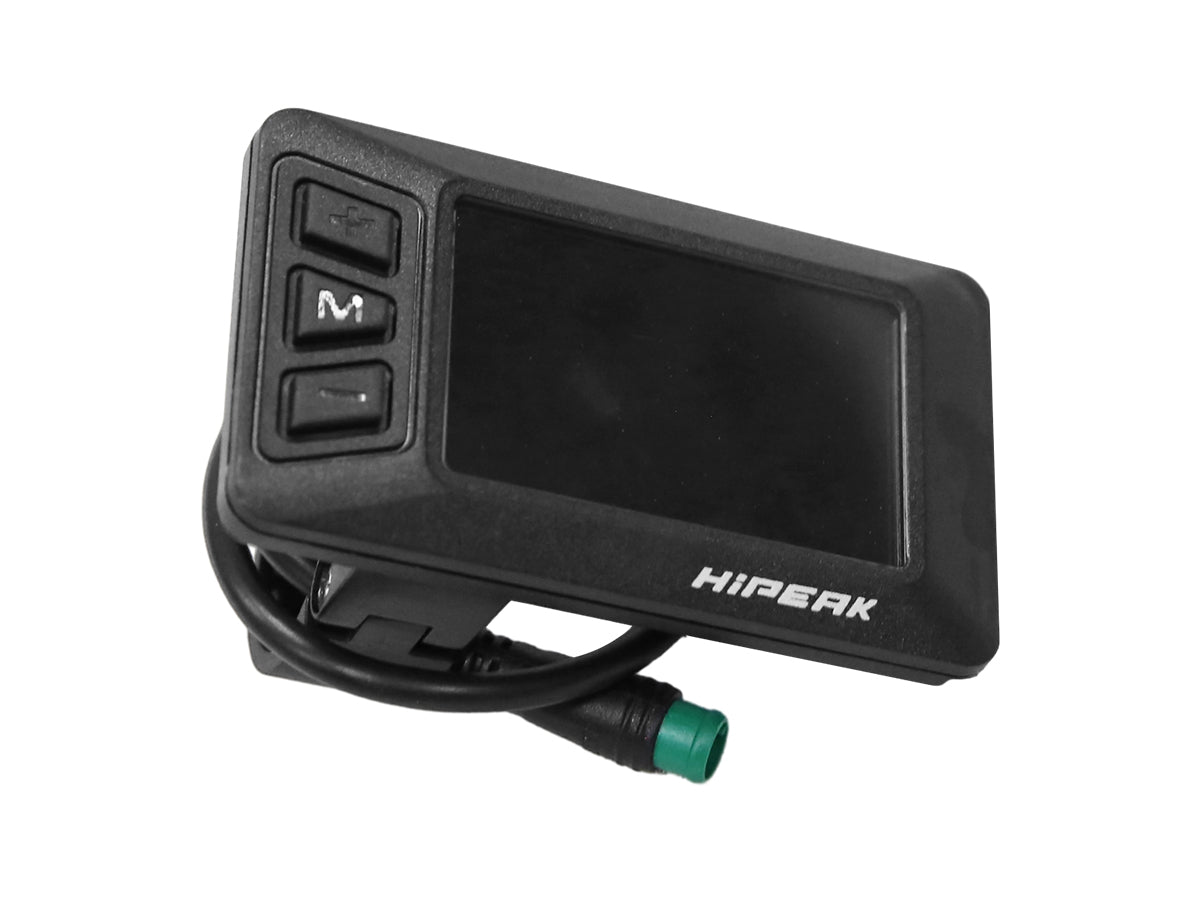
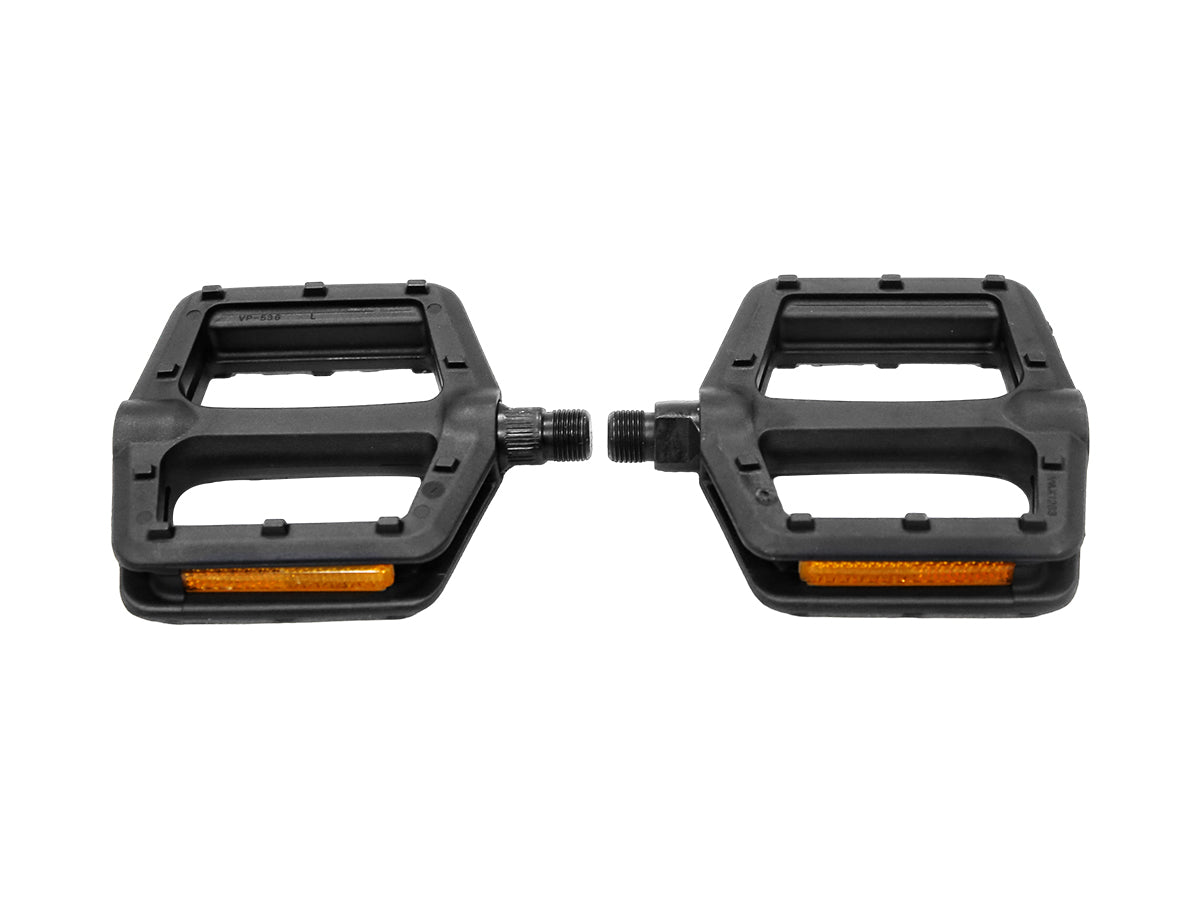
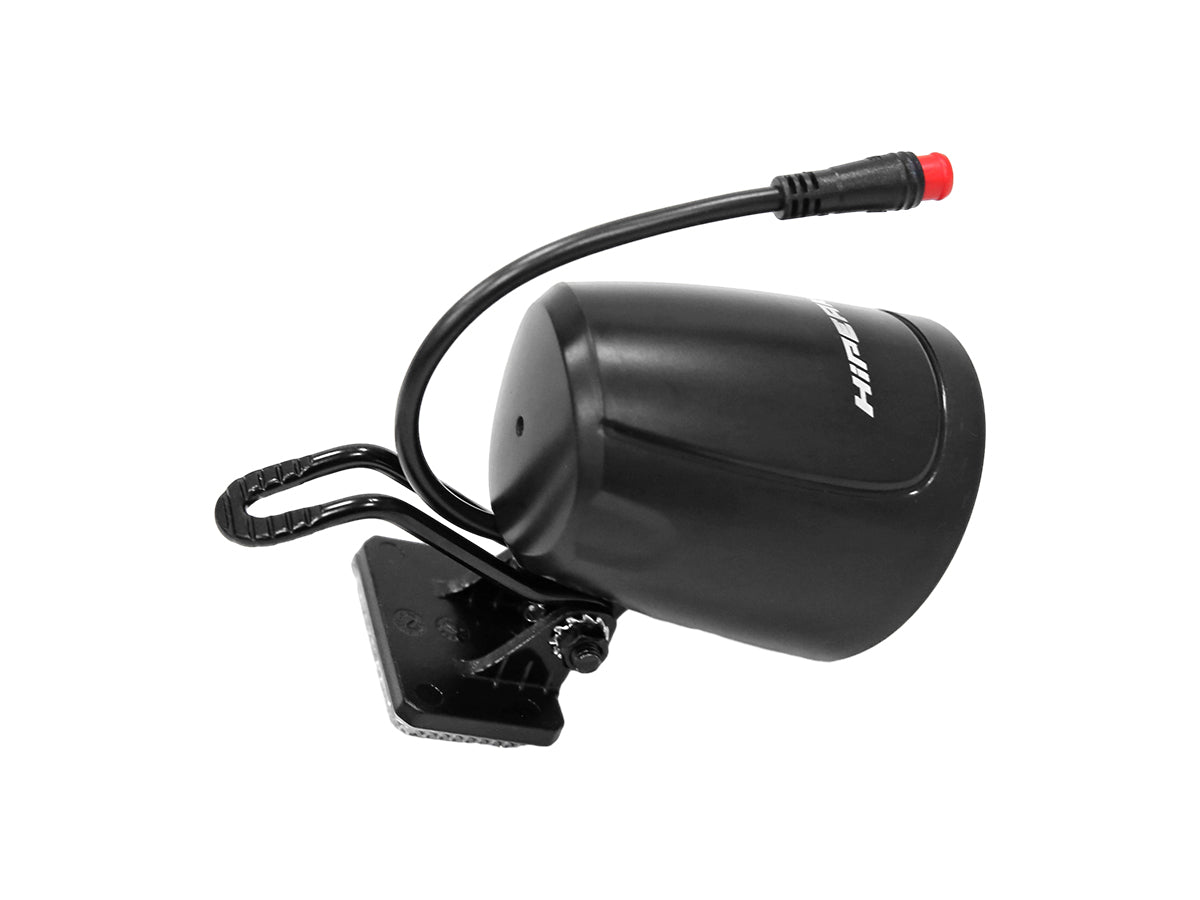








Leave a comment